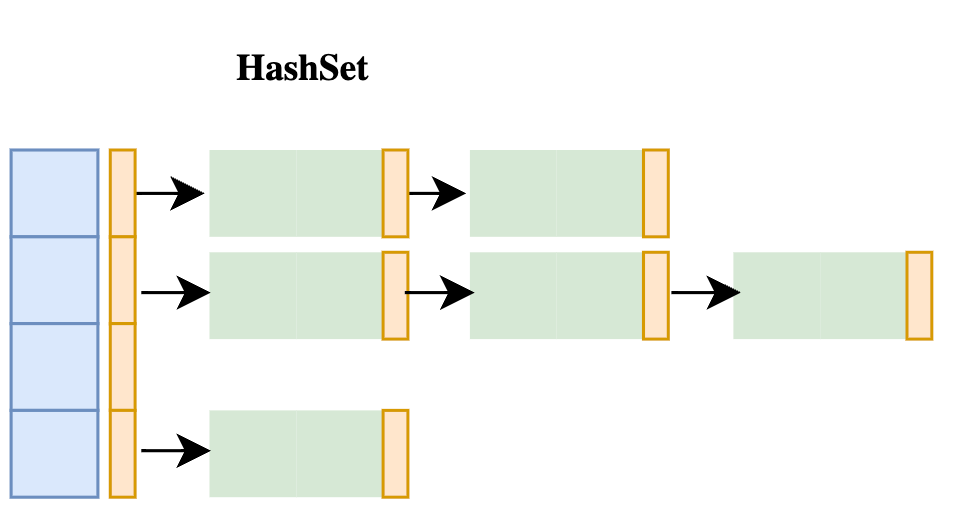Distributed System Learning Roadmap
Offer Expiring Soon, 2 days to Go, Hurry Up
Data structures are the backbone of efficient programming. They help organize, store, and manipulate data effectively, making your code faster and more scalable. Here’s a simple guide to the essential data structures every developer must know:
1. Array
An array is like a row of boxes holding similar items. It allows you to access elements quickly if you know their position (index).
Usage: Storing a fixed number of elements.
Example: A list of student names.
2. Queue
A queue works like a line at a store—new items join at the back, and items leave from the front. It follows the FIFO (First In, First Out) principle.
Usage: Task scheduling, handling requests in order.
Example: A printer queue.
3. Tree
A tree branches out from a main "root" into smaller parts, organizing data hierarchically.
Usage: Representing hierarchies like file systems or organizational charts.
Example: Family trees, category structures.
4. Matrix
A matrix is a grid of numbers or data, organized in rows and columns.
Usage: Representing tables, image processing, mathematical computations.
Example: A chessboard representation.
5. Graph
A graph shows how different things connect using nodes (dots) and edges (lines).
Usage: Modeling relationships, networking, social graphs.
Example: Social media friend connections.
6. Linked List
A linked list is a chain of items, each pointing to the next. Unlike arrays, they don’t require contiguous memory locations.
Usage: Dynamic memory allocation, insertion/deletion operations.
Example: A music playlist where songs are linked.
7. Max Heap
A max heap is a tree where the biggest value is always on top.
Usage: Efficiently finding the largest item.
Example: Priority queues, scheduling algorithms.
8. Stack
A stack follows the LIFO (Last In, First Out) principle—like a stack of plates.
Usage: Undo functions, tracking program execution.
Example: Browser back button functionality.
9. Trie
A trie is a tree designed for storing words or strings by sharing common prefixes.
Trie (Keyword Tree) Prefix Tree
Strings can essentially be viewed as the most important and common topics for a variety of programming problems. String processing has a variety of real-world applications too, such as:
Usage: Spell-checking, autocomplete functionality.
Example: Search engine suggestions.
10. HashMap
A hashmap stores data using unique keys for quick retrieval.
Usage: Fast data lookups, caching.
Example: A dictionary storing word definitions.
11. HashSet
A hashset keeps a collection of unique items, preventing duplicates.
Usage: Removing duplicates, membership tracking.
Example: A set of unique usernames.














